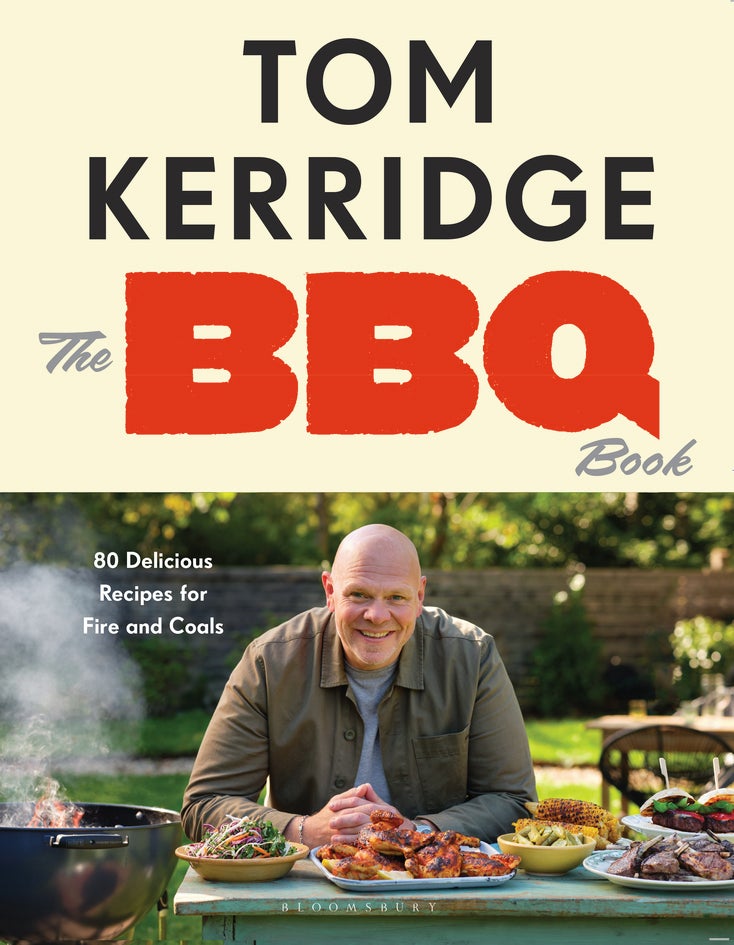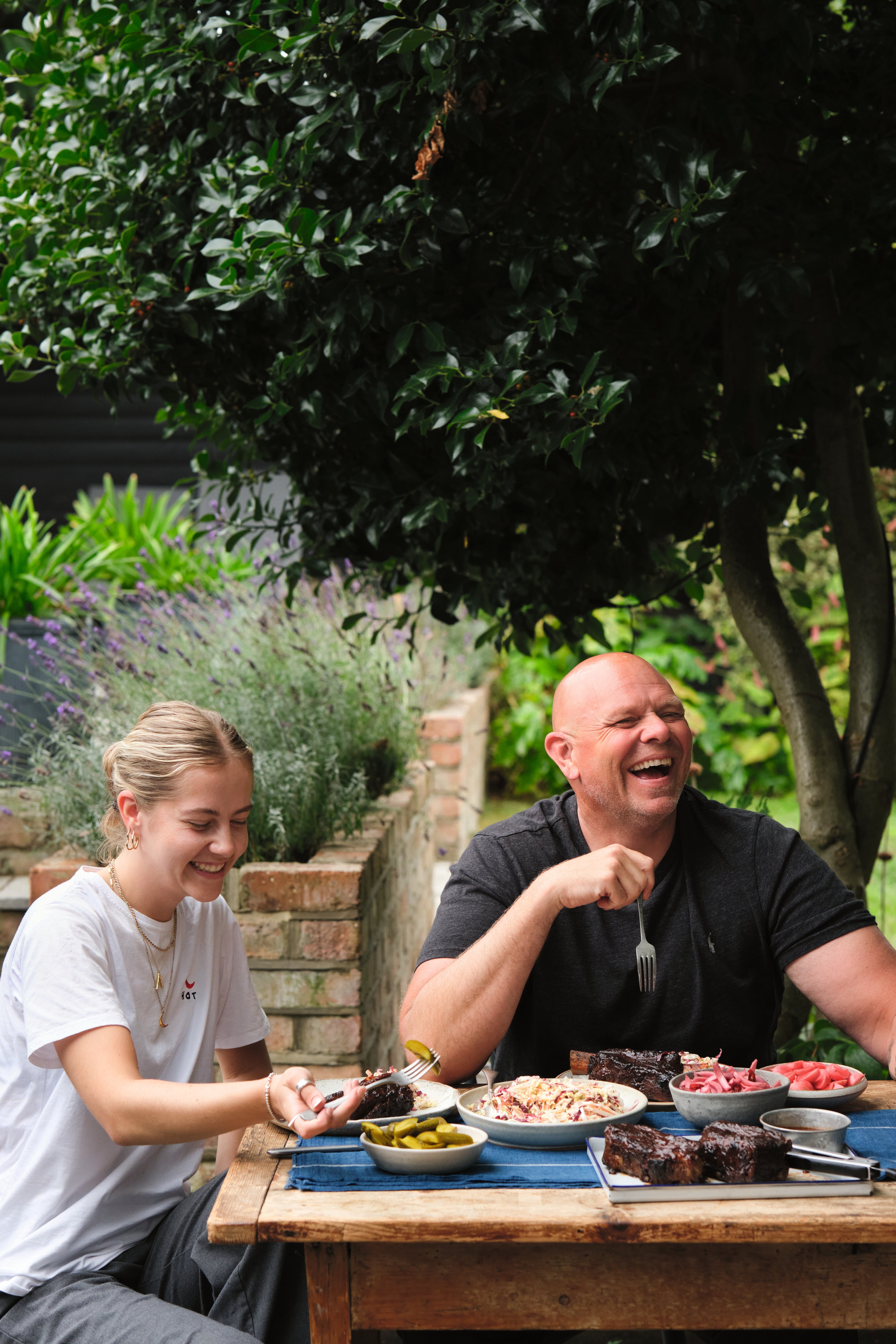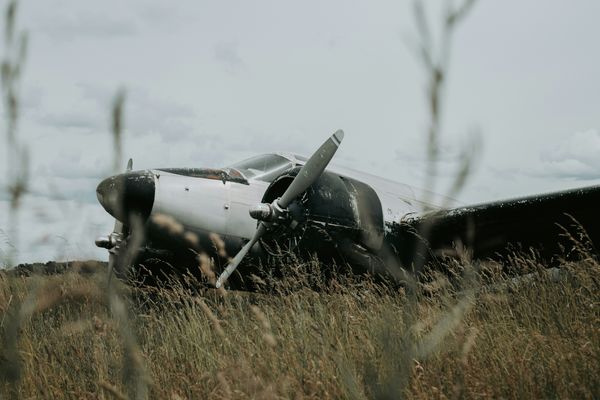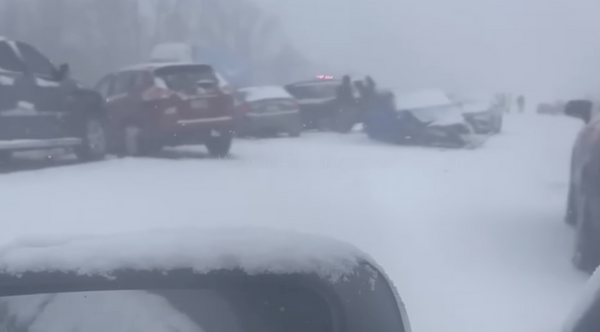
Summer is on its way and that means most of us will be dusting off the barbecue, throwing on some meat and gathering around it with friends and family.
“There’s nothing wrong with just getting it done and buying some burgers and some sausages – that’s great,” says TV chef Tom Kerridge, who holds three Michelin stars, but if you’re just scraping the surface of your barbecue ability, you might be missing out.
“It’s just one of the nicest, loveliest ways of cooking and it brings a flavour that you can’t get from a kitchen – that charcoal cookery, smoke.”
Plus, it’s one of the most social ways of cooking this summer. “There’s been many a time where there might be 30 people around our house, and we’re cooking stuff over flames – I love that sort of thing,” says the judge on BBC One’s Great British Menu, whose restaurants include the only pub in the UK with two Michelin stars, The Hand and Flowers.
With the release of his latest cookbook The BBQ Book, the 51-year-old wants us to branch out this summer (or, indeed, winter – he believes in year-round barbecuing). Here are his top tips…
Buy good-quality charcoal
Many of us probably haven’t given any thought to what charcoal to use, but there’s a reason some costs more than others. “There’s a huge difference,” Kerridge says. “It is better to have bigger because they hold better, they’ll hold the temperature longer. Smaller pieces will burn out quicker.
“Investing in charcoal actually goes a long, long way. It’ll last twice as long as the cheaper stuff. It holds the temperature much better, cooks [food] more evenly, and really good charcoal goes a long way to improving your barbecue.”

Don’t worry and relax
The biggest thing is sometimes people are too scared of getting more technical with a barbecue, he explains. Yet “the one thing that I think a barbecue does give is, it’s a bit of a leveller, because there isn’t an ultimate process to it. It’s base-level cookery. It’s fire.
“There are always mistakes. There are always things that go wrong. Some parts are darker, black or charred more than others, and that’s part of the joy of it.
“Sometimes people worry about the geekiness of it, and actually they should just relax more and enjoy it.”
But do understand how the fire works
Using metal coal tongs to move the coals around will create pockets of less and more intense heat. You’ll want to have a range of temperatures on your barbecue at the same time, if you’re cooking different things on it. Higher, direct heat for meat and fish, explains Kerridge in the book, and lower for vegetables.
To increase the temperature of the whole barbecue, close the lid and keep the air vents open, oxygen circling and coals burning. To lower the temperature, close the air vents.
You’ve got to “keep feeding” the fire, says Kerridge, “You’ve got to keep it alive – particularly if you’re cooking on an egg-style barbecue. Air flow is a big thing, allowing [the] oxygen it needs to get in, to increase heat, and being able to control that.”
Don’t move the meat around constantly
It’s tempting to keep prodding, flipping and moving your food around the grill, but it will impact the cooking.
“You’ve got to be very conscious of the heat source and where it’s coming and how hot it is,” Kerridge says.

“There’s nothing wrong with leaving something on there, let it get that colour, let it get that texture, let it get that flavour – that comes from letting things stand still.”
Try slow-cooking meat first
For people who are ready to stretch their legs with barbecuing and to make it a bit more “cheffy”, Kerridge suggests using your oven first, for a short rib of beef, for example. “It’s quite good to braise things and slow-cook them in the oven first, in a dry rub or marinade, then leave them to cool and reheat them on the smokiness of the barbecue – so you get the best of both worlds.
“You get the safety of the oven first – a good way for beginners – and then get the finishing flavour that comes from a barbecue. You can do that by adding some wood chippings as well – that also gives an added flavour,” Kerridge says.
“You don’t need it for long on the barbecue at the end just to get a bit smoky. [Just] long enough to impart and repeat and give flavour. You might cook something for five or six hours gently in an oven on a low temperature and reheat it on a barbecue for half an hour.”
Try cooking directly onto coals
“You’ve got to ensure those coals are very, very hot. The temperature needs to be quite hot, so when [the food] goes on, it doesn’t stick too much.
“Things like bavette steak works really, really nicely on coals like that. ‘Dirty cooking’ it’s called,” in the chef world, says Kerridge.
For fish, start with monkfish
“I do quite a lot of fish on the barbecue – that’s something that not a lot of people touch because they worry,” says Kerridge.
A good “entry level” into fish barbecue cookery is monkfish, he says, “which cooks very much like meat. It’s a firm texture, a muscular fish, so it cooks a bit like a fillet of beef. That works really nicely.”
You can cook a piece of fish in a “fish cage”, he adds. “It means that you’re moving the fish cage, rather than fish that’s directly on the barbecue – so it doesn’t stick.”
Make your own burgers
“If you can mince the beef yourself, it’s amazing,” says Kerridge. “If you’re buying, don’t buy fatty mince, buy quite lean mince and then add fat to it. If you put bone marrow through it or some minced-up pork belly, that works really nicely.”
Add a pinch of salt too, but try not to overcomplicate the flavour of the burger, he says. “Make the burger all about the meat and then add the flavours to it afterwards.
When it comes to mixing the meat, “work it and move it around with your hand for about five minutes. Keep squeezing and moving [it] – what that does is the salt stretches the proteins in the meat, they kind of unravel and then they tie back up again, which means it becomes firmer. So you can shape your burgers nicely so they won’t fall apart when you put them on the grill. They stay nice and firm in shape.”
Think globally
Barbecuing is a form of cookery that can really bring together flavours from around the world – on the same plate.
“I think it’s one of those cooking styles that completely encapsulates global food. You don’t think twice about doing teriyaki-style chicken, followed by some kind of like Indian-inspired monkfish, followed by a Mexican-style beef,” says Kerridge. “Stick it on a plate in front of you with a very simple potato salad, and it all seems to work well.”
Do green veg on the barbecue
“I’m a big fan of green veg [on the barbecue]. Things like cabbages and brassicas are where you cut and you keep whole, or very simple things such as asparagus and courgettes, and you get a nice kind of char marking on them, and then take them off, and then dress them whilst they’re hot with a good pinch of salt and pepper and maybe some French dressing.”
Dressing veg when it’s warm off the barbecue means that they “start to absorb the dressing and seasoning and flavours”.
‘The BBQ Book’ by Tom Kerridge (Bloomsbury, £25).







